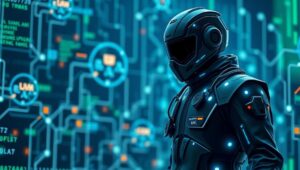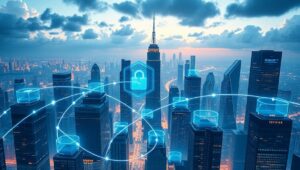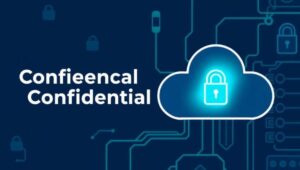Verifiable Computing: Ensuring Correctness of Outsourced Computations (2028)
Verifiable Computing: Ensuring Correctness of Outsourced Computations (2028) In the rapidly evolving landscape of cloud computing and distributed systems, the need for verifiable computing has become paramount. As we increasingly outsource computations to third-party services, ensuring the correctness and integrity of these computations is crucial. This article explores the concept of verifiable computing, its importance, techniques, and future trends, with a focus on the advancements expected by 2028. What is Verifiable Computing? Verifiable computing (VC) refers to the ability of a client to verify that the result of a computation performed by an untrusted server is correct. It provides cryptographic












